The Venus Flytrap’s native habitat
The Venus Flytrap habitat, contrary to popular opinion, is decidedly not tropical. Yes, the native plants are subject to hot and humid weather, but as the folks in the coastal regions of South and North Carolina can attest to, they also get some very cool weather in the winter, including the occasional freezing temperatures and snowfall.
Venus Flytrap native habitat is located in USDA Hardiness Zone 8b, with an average annual minimum temperature of 10 to 15 degrees F (-9.5 to 12.2 degrees C). This is hardly tropical. The native Venus Flytrap plant does experience a real winter. And once you understand this, you will be able to grow some pretty incredible plants, because now you understand the unique Venus Flytrap habitat.
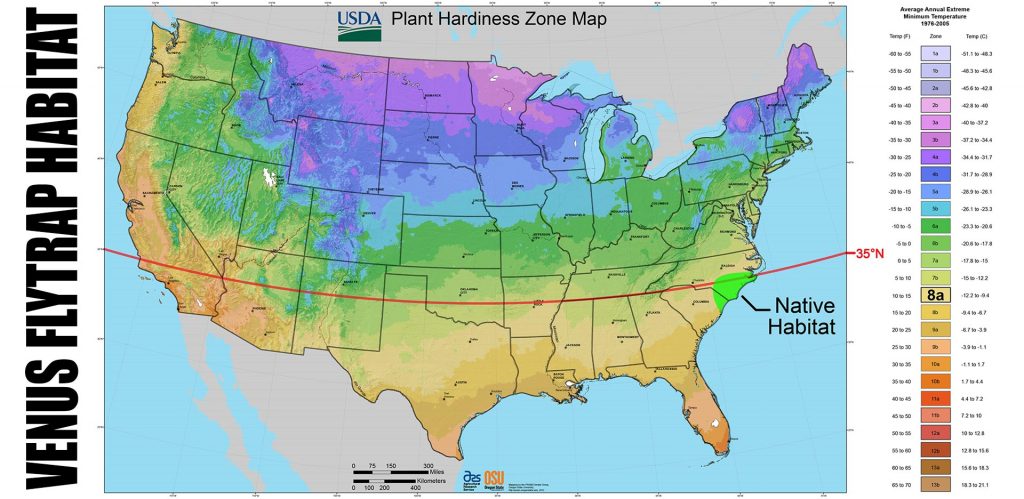
Because of the naturally cool winter weather, Venus Flytrap plants to be successful and healthy, do best if they experience a dormant period between late October (Halloween) through late February or early March. During dormancy, the plants do not require either food or light. If you live in a very warm climate such as southern Florida or California, you can induce dormancy by placing the plants into a refrigerator. Just don’t let them freeze!
Native Venus Flytrap plants have a habitat that has full sun, good air circulation, and porous, well draining, soil that is nutrient poor. To be successful at growing Venus Flytrap plants, you want to mimic their home habitat as much as possible. And as you can see, trying to grow Venus Flytraps in a terrarium with other tropical plants just isn’t a good idea. Instead, try to replicate the climate conditions of the North Carolina Coast, and you will find your plants growing healthy.
For example, a big part of the native Venus Flytrap habitat in North Carolina is light. Lots of light. So don’t try to put your new plant on a window sill that only gets a few hours of sunlight a day, or in a dark corner of the room. Give your Venus Flytrap what it really wants – light.
Venus Flytrap plants are native North American plants, not tropical plants. If you live in the continental United States, you can usually raise a Venus Flytrap plant as a potted plant without a humidity dome. They can adapt to low humidity. But they do not adapt to low light (see above). So keep lots of sunlight on the plants.
In summary, the native Venus Flytrap habitat is typical of the coast of North and South Carolina – hot humid summers, cool and even cold winters, lots of sunlight and rain, and well draining soil that is poor in nutrients.
Keep these factors in mind when growing your plants, try to replicate the native habitat of a Venus Flytrap, and you will be successful growing this fascinating plant.

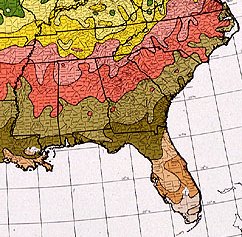
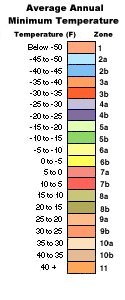
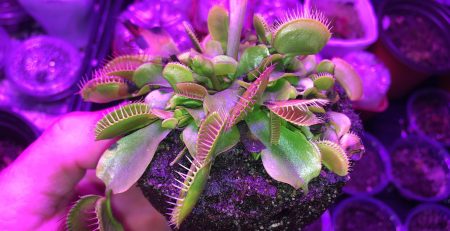
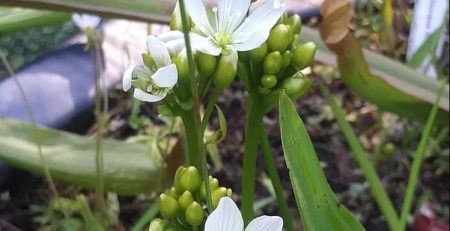
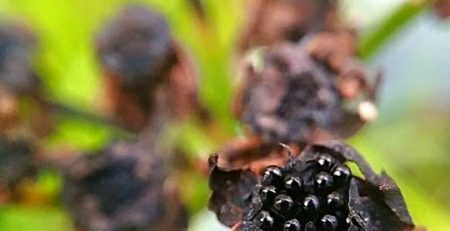
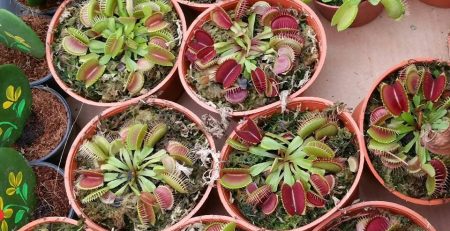
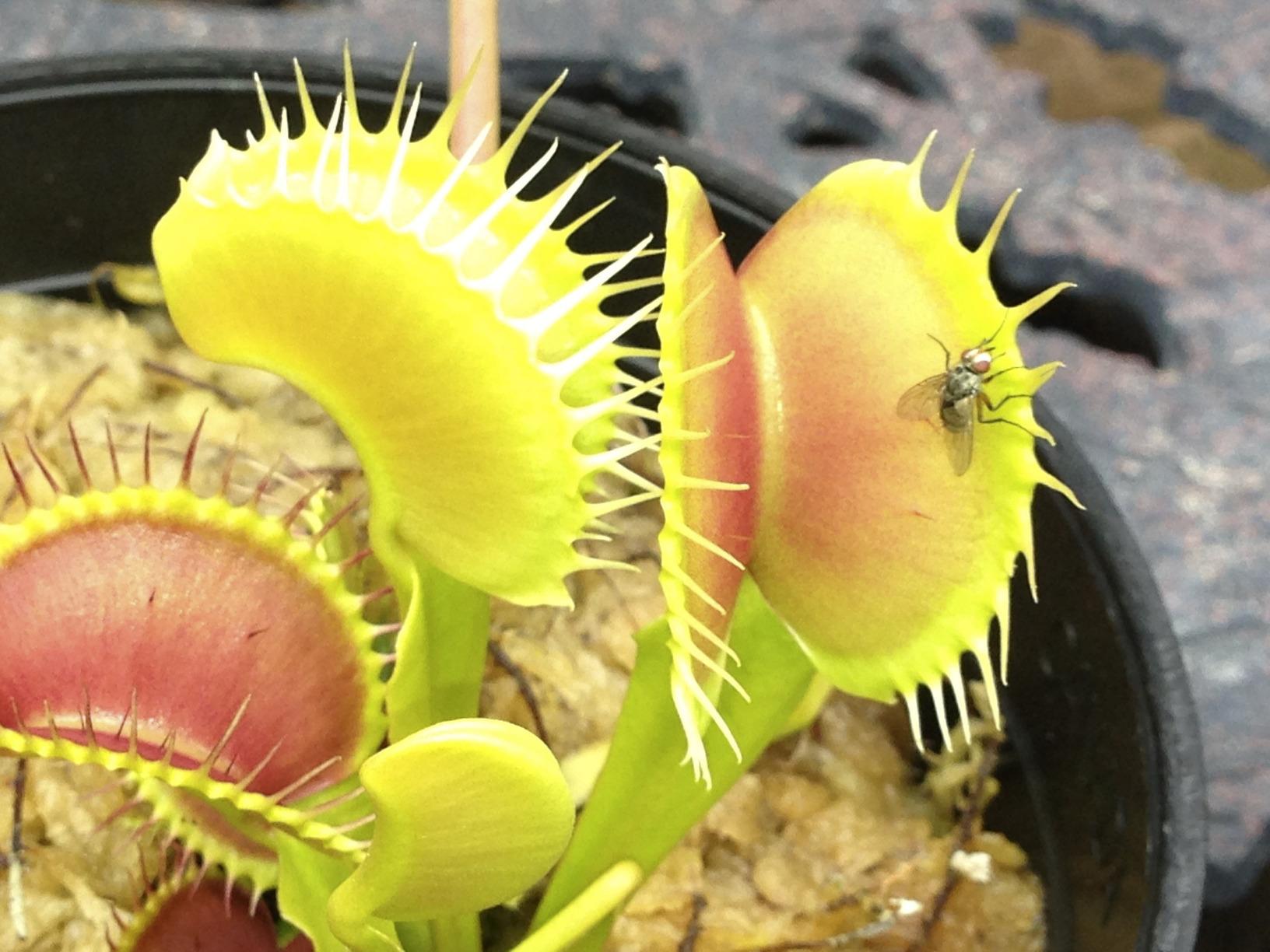
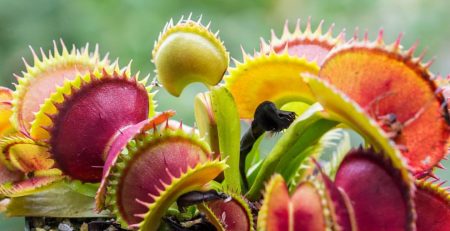
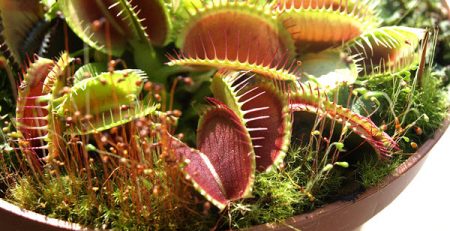
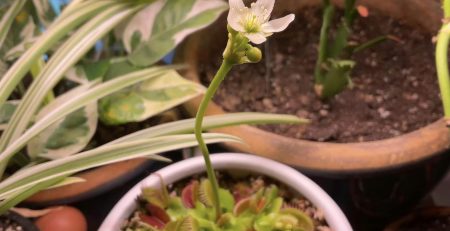
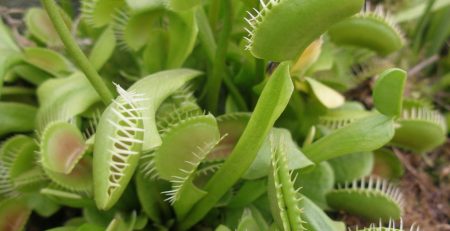

Leave a Reply
You must be logged in to post a comment.